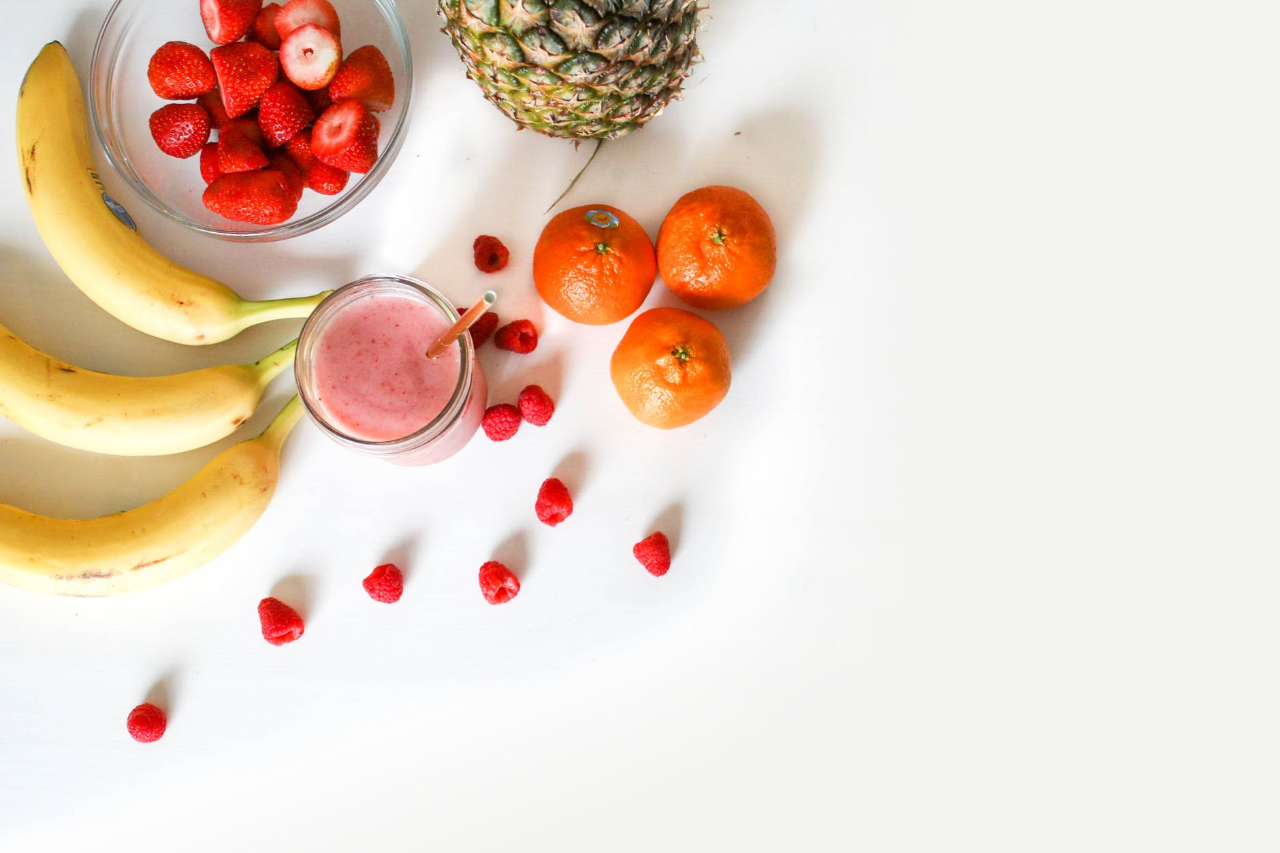
How to Create a Sustainable Caloric Deficit
Without a calorie deficit, there is no fat loss
So how to create a sustainable caloric deficit?
The most important thing is to reduce your total caloric intake:
I know it’s pretty straightforward, but people still did not realize that calories are king! Make sure you Consistently eat less than your maintenance caloric intake, and you will lose fat! In the first step, we have to work out your maintenance calories. Once we have your TDEE (total daily energy expenditure) we create a deficit by deducting 300-500 calories Here are some strategies that I like to use with my clients:
Increase the protein intake
When your goal is fat loss, you want to make sure you protect your lean mass against the potential loss and protein can help you do that; also, protein has a better satiating effect than any other macro-nutrient. If you are not that hungry, you won’t eat that much; therefore it’s easier to create a caloric deficit
Focus on healthy meals
Even though my approach is flexible dieting, that does not mean you can eat like a**hole. The base of your meal plan should be nutrition-dense whole foods. If you are focusing on healthy meals, you will improve your physique and your health; also, it’s hard to overeat nutrition-dense foods, but the rule still applies; you have to be in a caloric deficit no matter how clean you eat!
Increase the activity levels
I believe that you have to achieve the majority of the calorie deficit through nutrition. However, increasing activity levels and incorporating proper nutrition can be combined to make the fat loss more successful. That’s why strength training goes hand in hand with fat loss. The first thing I usually do, I put my clients to a daily step goal based on their current activity level to increase their NEAT (Non-exercise activity thermogenesis). Later on, if it’s necessary, we can incorporate some type of extra cardio.



